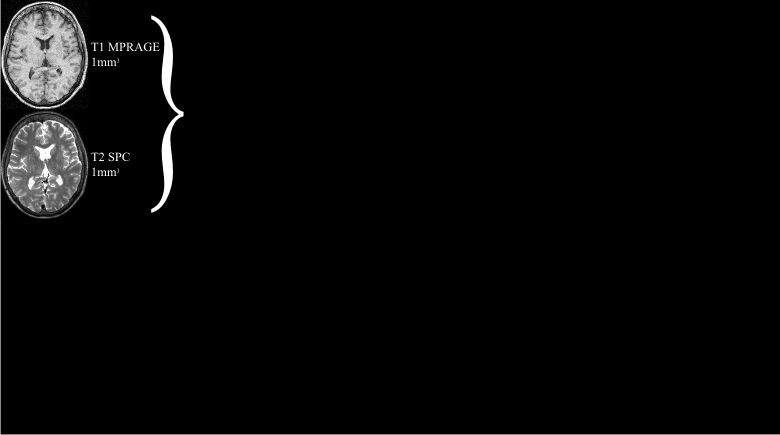 Lukas D.J. Fiederer, Jacob Lahr, Johannes Vorwerk, Felix Lucka, Ad Aertsen, Carsten H. Wolters, Andreas Schulze-Bonhage, Tonio Ball, University of Freiburg, Germany, University of Münster, Germany, University of Utah, USA, University College London, England
Lukas D.J. Fiederer, Jacob Lahr, Johannes Vorwerk, Felix Lucka, Ad Aertsen, Carsten H. Wolters, Andreas Schulze-Bonhage, Tonio Ball, University of Freiburg, Germany, University of Münster, Germany, University of Utah, USA, University College London, England
Multiple studies have shown that chewing has various effects on cognition. These effects appear to occur on time scales from minutes to years and have previously been attributed to increases of arousal, metabolism and blood flow, or to concurrent somatosensory processing, shared resources and reduced stress. We hypothesize that the effects of chewing on cognition, at least partly, arise from the modulation of brain activity by the electric fields (EF) of the chewing muscles. This new type of endogenous stimulation might act akin to the previously described ephaptic coupling between neurons via an influence on the transmembrane potentials that modulate the probability of population spiking. EF of approx. 0.2 V/m have been shown to be sufficiently strong for such effects to arise in in vitro slices and to have measurable effects on human cognition.
We estimated the cortical EF strength reaching the brain during chewing using intracranial EEG combined with finite element method (FEM) modeling. We calibrated the detailed FEM head model in the presence of craniotomy defects and the implanted silicone sheet. We then estimated the cortical EF strength expected in a healthy person after having digitally removed the craniotomy defects and silicone sheet. Lastly, we scaled the cortical EF strength to match the chewing of foods of different consistencies.
Chewing events which produced cortical EF exceeding the empirical threshold of 0.2 V/m were, irrespective of the parameters used, found for the chewing of gum, carrot, candy and licorice. The strongest cortical EF were observed at the temporal pole. Cortical EF above 0.1 V/m extended across the medial temporal lobe but did not reach other cortical lobes.
Further results pertaining to chewing rate and frequency modulation of cortical EF are described and discussed in the paper.
Keywords: Brain stimulation, electrical stimulation, electrocorticography, electroencephalography, electromyography, endogenous stimulation, finite element analysis, volume conductor head modeling

